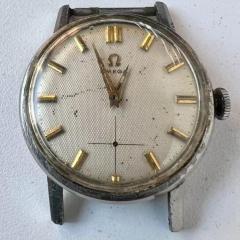Quality Chinese Tools
-
Recently Browsing
- No registered users viewing this page.
-
Topics
-
Posts
-
well well if it ain't "The Bandit"! The Bandit as it is commonly named was the Timex watch worn by Burt Reynolds in Smokey and the Bandit. The one you have is the second generation version noted by the different seconds hand. Yours is also missing the elapsed time ring. buying a true Navajo silver and turquoise cuff band is going to set you back a few hundred bucks as well. It would have to be taken apart to fully determine what the issue is.
-
By watchweasol · Posted
Hi. I think that in view of your problems the best way to tackle it is to procure a donor movement working or not then evaluate the situation as to whether you utilise the donor as a replacement or dismantle it for the parts you need. It may be a waiting game for the spares from the net though. Some parts/movements take some finding. Closing up the holes my work but it requires a built af skill, getting them concentric and tight enough to receive the bearing will take a lot of care. Looks like a long term project. -
By watchweasol · Posted
Hi N.E.W. You are starting the Hermit phase, soo have your food pushed under the door. You have to come up for air Cheers.
-







Recommended Posts
Join the conversation
You can post now and register later. If you have an account, sign in now to post with your account.
Note: Your post will require moderator approval before it will be visible.